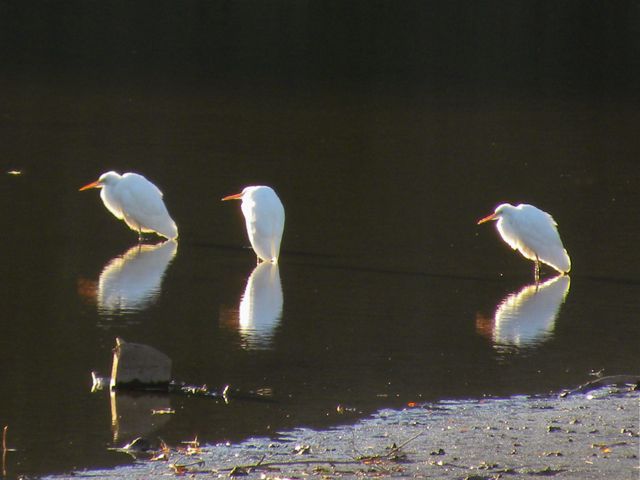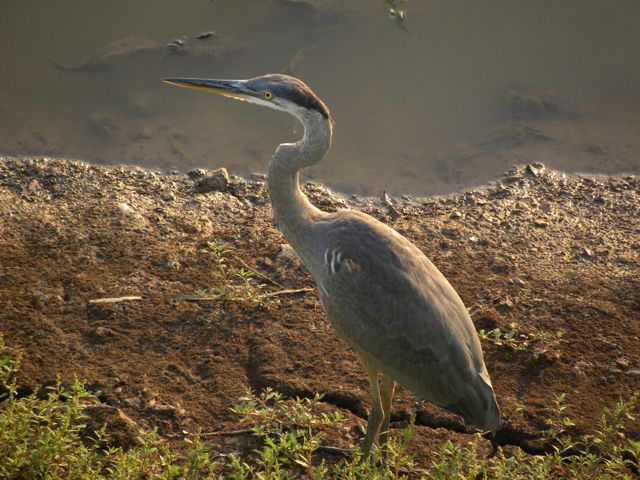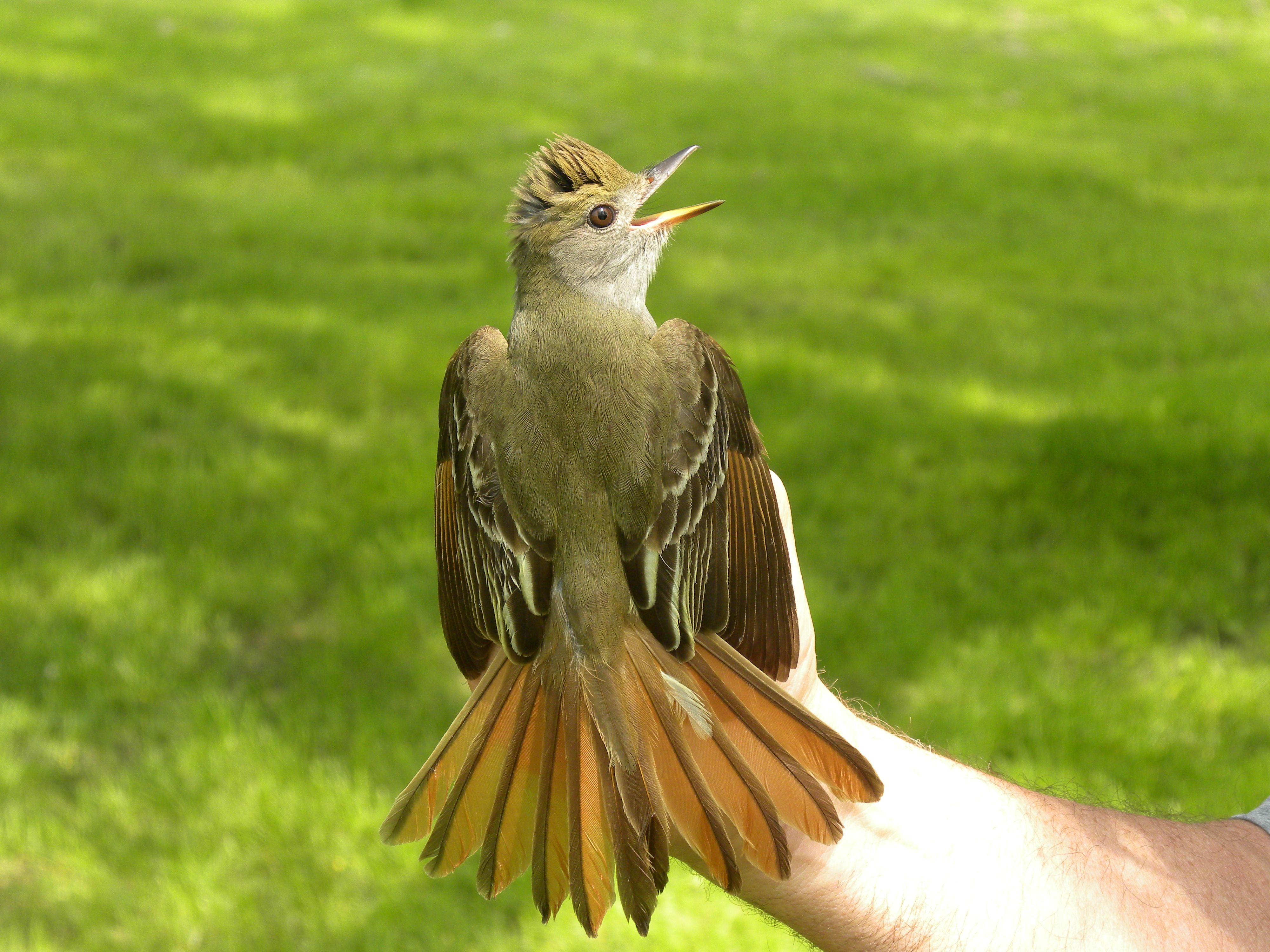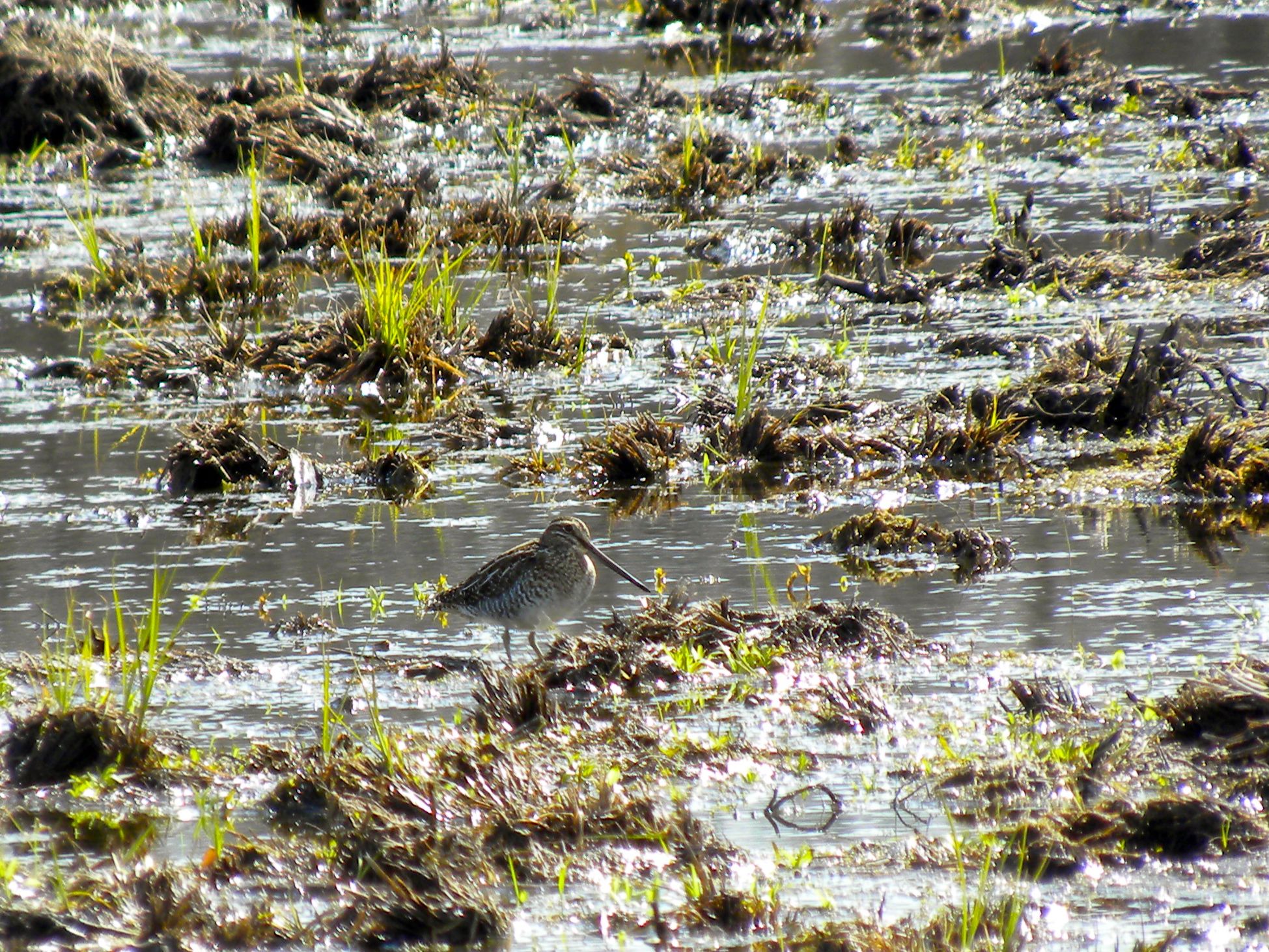August 26, 2012. Cootes Paradise, Hamilton ON. Dams and other devices at its downstream, east end artificially control the water level in Lake Ontario. So what’s good for shipping balanced in the context of rainfall, generally sets the tone for water levels from end to end. One of my best birding spots this year has been a large expanses of mud flats at the extreme west end of the lake; the shorebirds love it there. This morning I went out early to see what may be around on a small, just-emerging mud-bar, I found a vantage point with the sun at my back and was astonished at the numbers of birds out there.
Caspian Terns noisily dominated the area but dozens of Lesser Yellowlegs prowled around picking hungrily. Some, like this one, came quite close to my shore and allowed close study.
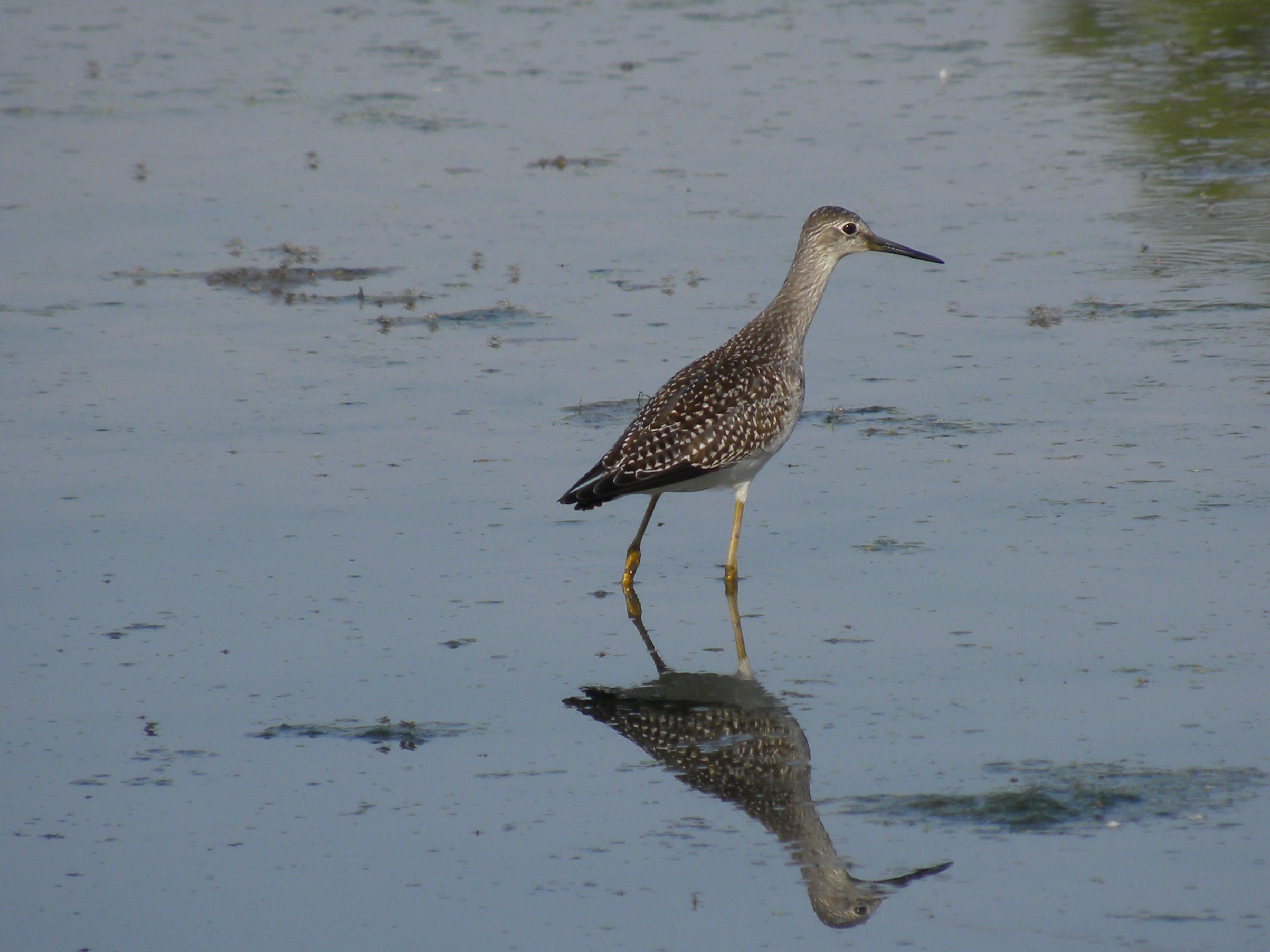
A careful sweep of the mudflat turned up a couple of Stilt Sandpipers, a Short–billed Dowitcher, several Semi-palmated Sandpipers and best of all, indeed Bird of the Day, was a graceful Wilson’s Phalarope. This was a teachable moment self-taught. It was too far off to photograph, but I was able to make some field notes including “pinkish/yellow legs, clear white under, small eyeline”. There are three phalarope species: Wilson’s, Red, and Red-necked. In their Arctic breeding plumage they’re quite distinctively different, but they soon molt back to their basic nine-months-of-the-year attire when, at a distance, they all look much alike. The lesson learned today was the value of my written field observation of the pinkish/yellow legs. Oh, there are other determining and distinguishing details like extent and definition of the eye-line and darkness of the upper body, but good viewing conditions may make or break the reliability of these. Leg colour is diagnostic for a Wilson’s Phalarope.
